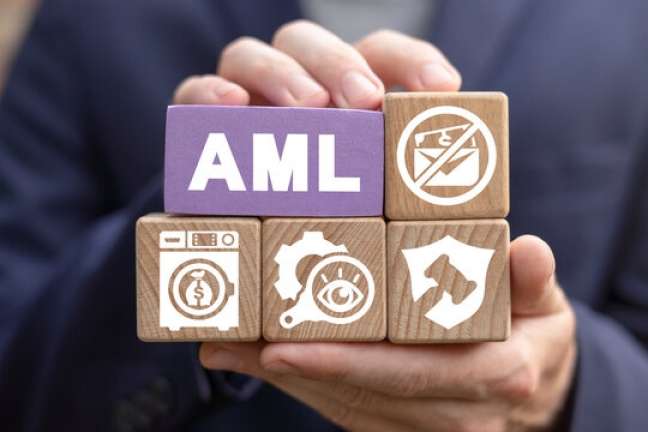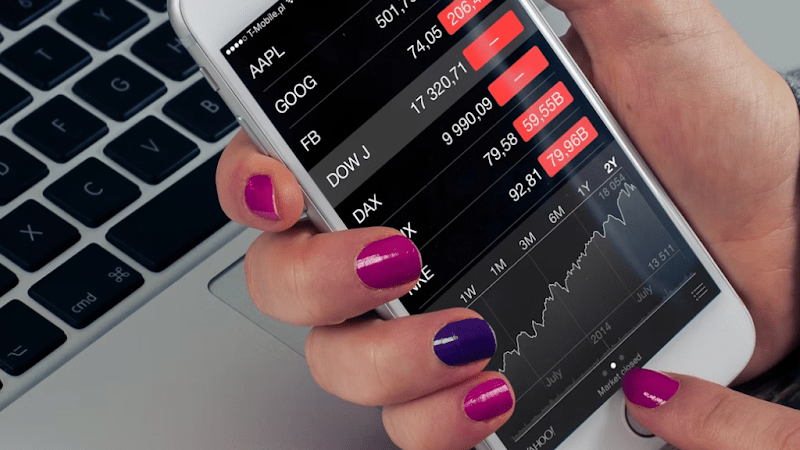Email is probably the most popular form of communication between businesses, partners, and individuals on a variety of issues. Many emails are sent every day, but not each is composed with the recipient’s expectations in mind.
Since this affects the perception of the message and its effectiveness, you need to follow several essential rules, which we will cover in this article.
So, what should an effective business email consist of?
#1 Professional email signature
Your email signature (also called email footer) is more than just your name and job title. This is part of your personal identity. Your signature can include your photo, social media icons, links to important resources you want to drive traffic to, and calls to action. For example, “Read our blog,” “View my portfolio,” “Book an appointment,” etc. professional email signature software can help you with that.
When you create email signature and add it to every email you send, you stimulate a reader’s reaction, provide them with your contact information, and grab their attention in a positive and memorable way.
On top of that, you can make signatures for people in the entire organization. Let’s say you want to promote your updated app or some event you are going to speak at. If you create email signatures for all the employees and put the link to the press release, app, or event landing page on every signature, you get even more chances to promote your product/service/event/etc. via email.
#2 Distinctive subject line
A subject line influences the recipient’s decision to read the email or delete it without even looking into it. Try to get the reader interested but not reveal the whole message. One short sentence is enough. Avoid long sentences, advertising texts, and cliches.
The subject should be distinctive and make the recipient want to open your email. Consider utilizing a sense of urgency, fear of missing out, curiosity, personalization, so-called power words (such as “improved,” “proven,” “new,” how-to,” “quick,” “smart,” etc.) But remember that the reader shouldn’t be deceived.
If appropriate, use emoji that makes your email look more informal.
Ideally, you should keep your subject around 4-7 words or 40 characters. Most email providers will show the recipient only the first 40-60 characters of your subject.
#3 Proper opening
Address the recipient by name. Write warmly, sincerely, and respectfully, but be sure to avoid familiarity. Use greetings, such as “Hi,” “Hello,” “Dear Mr/Ms. + name,” instead of “Hey,” “Dear Sir or Madam,” or “To Whom It May Concern.”
Be sure to check if you are using the correct name of the recipient before you click “Send.”
Briefly explain your reason for writing.
#4 To the point body
The email body is the part of the email where the main message that we want to convey to the reader is located. Keep it as short as possible and always to the point.
To compose an effective text for your email, ask yourself three questions:
1. What problem your email will address.
2. How it will help the recipient.
3. How you can make it clear and friendly.
Keep in mind that people have a lot of stuff to do besides reading mail. And if your email is too long, they won’t even start reading it.
#5 Calls to action
The task of every email is to evoke a person’s reaction. If you want the recipient to buy something, enroll in courses, fill out a questionnaire, subscribe, and so on, you need to include a call to action. For example. “Buy the eBook,” “Reserve your seat,” “Download,” “Subscribe,” “Contact us.” Ideally, you should use one call to action per email. If you include more, the recipient might not take any action at all.
Of course, in some cases, you can use several calls to action. For example, in a selection of products so that the recipient can immediately buy one of them. Several CTA buttons can be placed in a long email divided into several blocks. Then each block should have its own button so that the recipient performs the desired target action. In this case, place the most important block at the beginning of the email.
#6 Links instead of attachments
Email attachments are a bit old-fashioned and sometimes even irritating. This approach has many disadvantages.
- Space on email servers is limited, and large attachments can quickly fill it up. After that, the recipient won’t be able to receive other messages until they free the space.
- Spam and virus filters are suspicious of attachments. That’s why emails with attachments run the risk of being classified as spam.
- Not all mail servers accept large files. Sometimes the limit can be set to only 10 MB.
To be sure the recipient gets your files, consider using links instead of attachments. You can upload your files on Google Drive, iCloud, Dropbox, etc.
#7 Ways to continue the partnership
As we mentioned before, including a clear call to action is a must for almost every email. But you may also choose to write something that suggests continuing the partnership with the recipient at the end of the email. These phrases include:
- I look forward to hearing from you
- I’m looking forward to your reply
- It’s always a pleasure doing business with you
- I’m looking forward to further cooperation
- Keep up the good work and let me know what you think about this project
- If you need any assistance, feel free to contact me by the phone number or on any social network in my email signature
- Are you up for lunch on Monday to discuss our future cooperation?
Conclusion
Not every business email is written according to the generally accepted rules. But if you want to make the recipient open your email, read it, and take action on it, you need to learn and follow these rules. By using the above tips, you will no longer waste your time thinking about how to start an email, how to finish it, and how to make it more personal or professional at the same time (yes, we are talking about email signatures).















